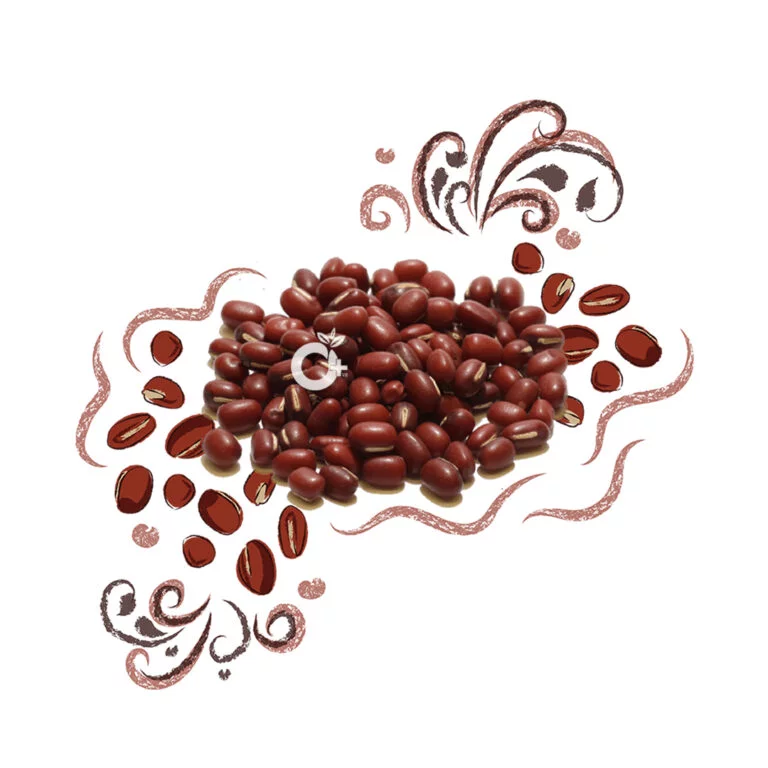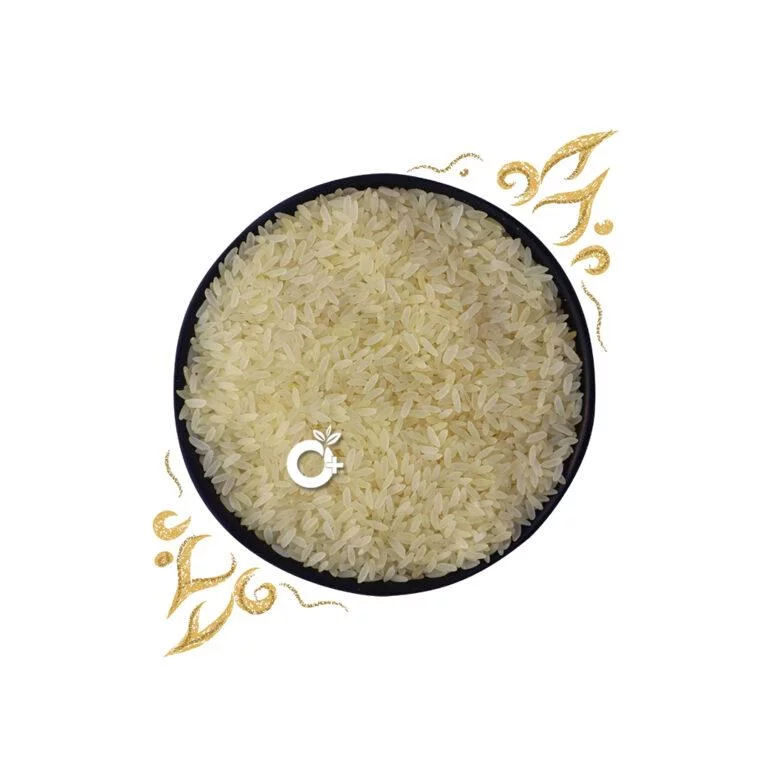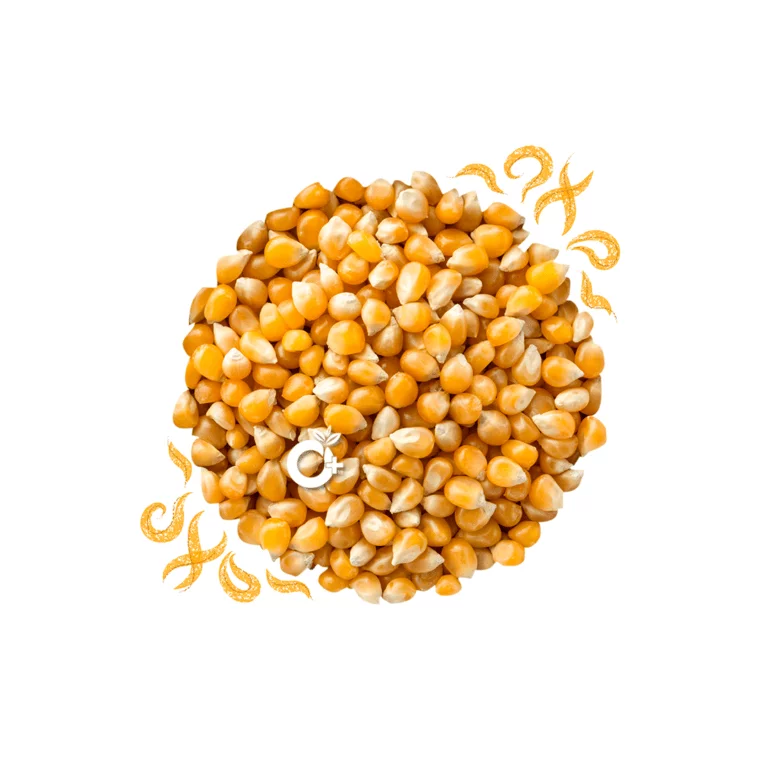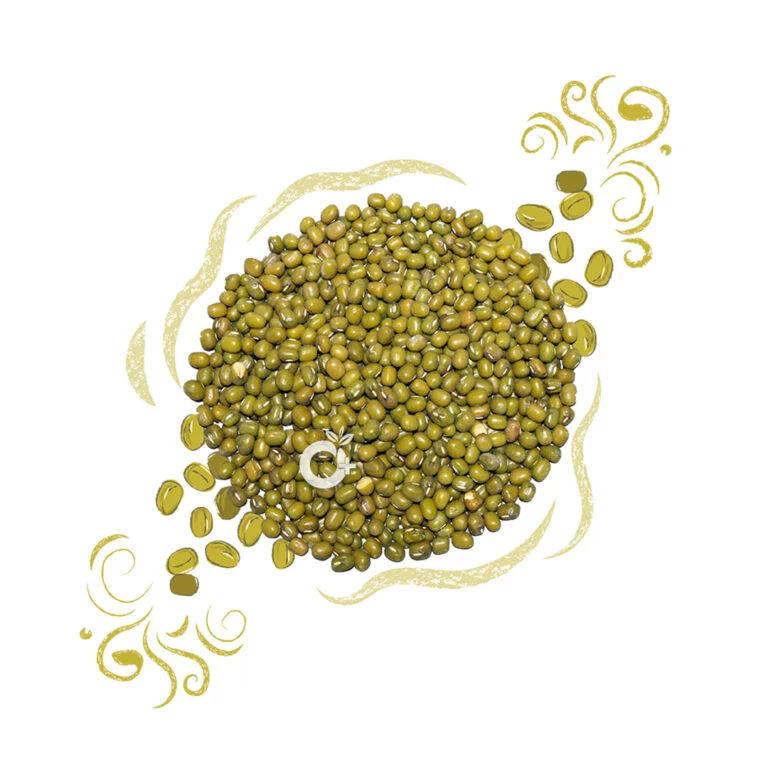Description
Red Cowpea, also known as Red Lobia or சிவப்பு காராமணி in Tamil, is a nutrient-dense legume from the Vigna unguiculata family. Its rich reddish-brown hue and earthy taste make it a beloved staple in South Indian kitchens. Known for its adaptability in various dishes and exceptional health benefits, red cowpea is both a culinary and nutritional treasure.
Nutritional Profile (per 100g of cooked red cowpea)
-
Calories – ~116 kcal
-
Protein – 8.0 g
-
Carbohydrates – 20.8 g
-
Dietary Fiber – 6.5 g
-
Fat – 0.5 g
-
Iron – 2.3 mg
-
Calcium – 27 mg
-
Magnesium – 63 mg
-
Potassium – 336 mg
-
Folate – 104 mcg
-
Vitamin B1 (Thiamine) – 0.2 mg
Health Benefits of Red Cowpea
-
Supports Heart Health
High fiber, potassium, and magnesium help regulate cholesterol and blood pressure, reducing cardiovascular risk. -
Aids Weight Management
Protein and fiber help you feel fuller for longer, controlling appetite and reducing overeating. -
Boosts Energy & Reduces Fatigue
Iron-rich red cowpea enhances hemoglobin levels and oxygen supply to cells, preventing anemia-related fatigue. -
Improves Digestive Health
Dietary fiber supports healthy bowel movement and prevents constipation. -
Suitable for Diabetics
With a low glycemic index, it helps maintain stable blood sugar levels. -
Rich in Antioxidants
Protects cells from oxidative stress and supports immune function. -
Strengthens Bones & Muscles
Magnesium, protein, and calcium contribute to better bone density and muscle strength.
Ayurvedic Benefits of Red Cowpea
In Ayurveda, red cowpea is considered a strengthening food that balances Vata and Kapha doshas when prepared with digestion-friendly spices. It is recommended for post-illness recovery, improving stamina, and supporting kidney health. It’s often included in light stews (soup-like preparations) for convalescence and wellness.
Culinary Uses of Red Cowpea
-
Curries & Gravies – Adds rich texture to spicy South Indian gravies.
-
Sundal – A festive snack with coconut and spices.
-
Salads – Combines well with fresh vegetables for a protein-packed salad.
-
Soups & Stews – Adds flavor and thickness.
-
Stuffing – Ideal for parathas or stuffed vegetables.
How to Cook Red Cowpea
-
Wash thoroughly and soak for 6–8 hours.
-
Drain, rinse, and add to a pressure cooker with water in a 1:3 ratio.
-
Cook for 3–4 whistles until soft.
-
Use in your preferred recipe.
(Tip: Add a few drops of castor oil while cooking to aid digestion.)
Storage Tips for Pesticide-Free Red Cowpea
Because Organic Positive provides 100% pesticide-free red cowpea, proper storage is essential:
-
Store in an airtight container in a cool, dry place.
-
For long-term storage, refrigerate or freeze in small batches.
-
If pests appear, do not panic — pests are harmless compared to chemical pesticides. Simply sun-dry the cowpeas for 2–3 hours, cool, and store again.
Conclusion
Red Cowpea (சிவப்பு காராமணி) is much more than just a legume — it’s a nutrient powerhouse with benefits backed by both traditional wisdom and modern nutrition science. Whether you want to improve heart health, support digestion, or add plant-based protein to your diet, this versatile superfood deserves a permanent place in your kitchen.










Reviews
There are no reviews yet.